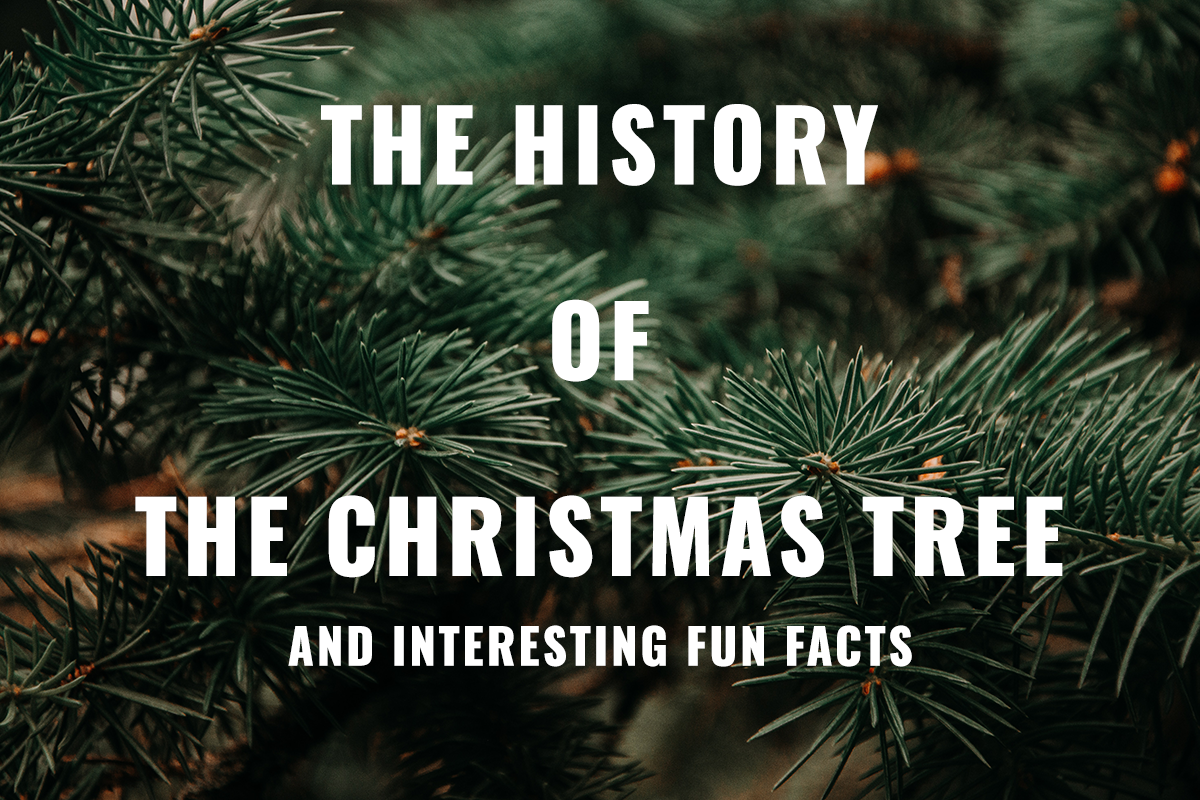
The History of the Christmas Tree
For 11 months out of the year, you probably chop down those sappy, picky, great smelling Evergreens, and then chip them up and move on.
But there's one month at the end of the year, in December, when you actually spare the tree's life from the chipper (at least for a few weeks) and haul it into your house! Many of us have fond childhood memories that we keep alive to this day of bundling up, driving out into the woods or a tree farm, saw in hand, and picking out the most beautiful, perfectly shaped tree to bring into our home and decorate it. But have you ever stopped and wondered WHY!? We dug up some interesting and ancient facts about this custom that we think you will be intrigued by.
First we need to talk about Celtic Druids, whose earliest existence is recorded back to the 3rd century BCE. They frequented deciduous forests and took notice of these "special trees" that, unlike the rest of the trees, seemed to powerfully stay alive throughout the winter. They didn't have a Certified Arborist on staff to understand yet that the other trees weren't actually dead, but instead were dropping their leaves and conserving their energy during the harsh winter months. All they could recognize was that Evergreens still stood with branches full of green. They were unaware that the Evergreens don't actually have special powers, but in fact have weather-resistant needles, so the Druids brought these trees indoors as a symbol of the eternal Sun God and Goddess.

The Druids held this tradition that later would be called The Winter Solstice or Yule (another word that probably sounds pretty familiar!) This was celebrated on Dec 21st. In the Northern hemisphere, the shortest day and longest night of the year falls on December 21. It is the turning point of the year when the days will gradually start to become longer and the darkness of winter will feel as though it's finally behind us. This was, and still is a celebration of the Earth's rebirth! Pagans still celebrate Yule to this day for the same reasons.
So why do we decorate these trees? We have to remember that before everything got completely commercialized this time of year was about far more than presents and a fat jolly man who broke into our homes. They also didn't have plastic or electricity so their lights and bulbs looked a little more natural. The things we use to decorate our trees now have evolved from what they had back then, and when things all held meaning and had purpose. Trees were adorned with fruits for a successful harvest, nuts for fertility, coins for wealth, and candles for the sun's return.
Over time the traditions stayed alive, changed, evolved, and we landed with the Christmas Tree in the 16th Century when Christians in Germany started bringing trees into their homes too. The first community Christmas tree in the United States wasn't erected until 1912 in New York City, and the rest, as they say, is history!
Some more fun facts about Christmas Trees today gathered from https://www.history.com/topics/christmas/history-of-christmas-trees are:
The tallest living Christmas tree is believed to be the 122-foot, 91-year-old Douglas fir in the town of Woodinville, Washington.
Today more than 1,000,000 acres of land have been planted with Christmas trees.
77 million Christmas trees are planted each year.

98 percent of all Christmas trees are grown on farms.
Teddy Roosevelt banned the Christmas tree from the White House for environmental reasons.
The best selling trees are Scotch Pine, Douglas Fir, Fraser Fir, Balsam Fir, and White Pine.
We hoped you enjoyed this short history lesson and it brings a little more insight and appreciation for that 1 tree you may pick and spare this year to celebrate the season!!

Leave a comment